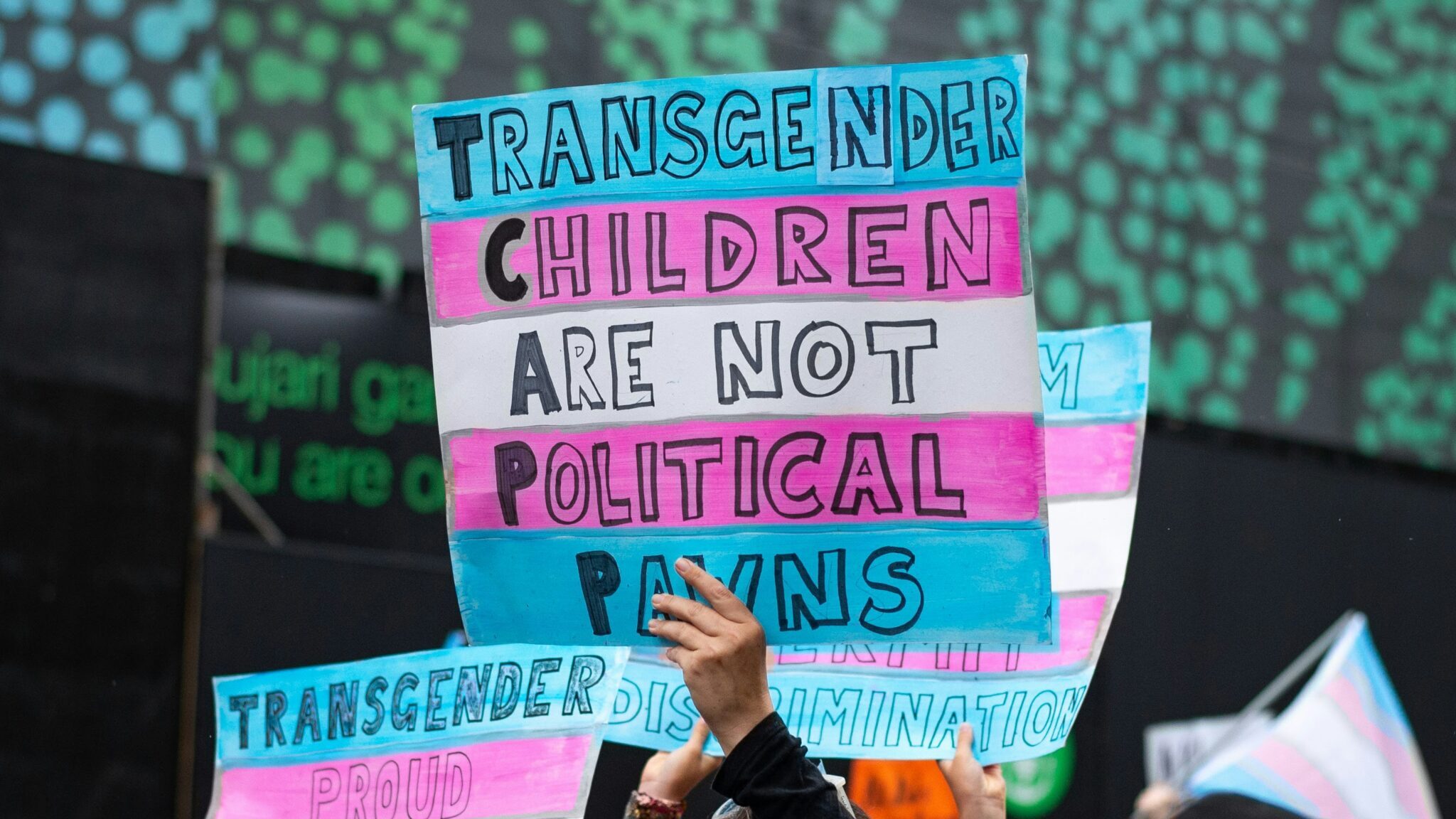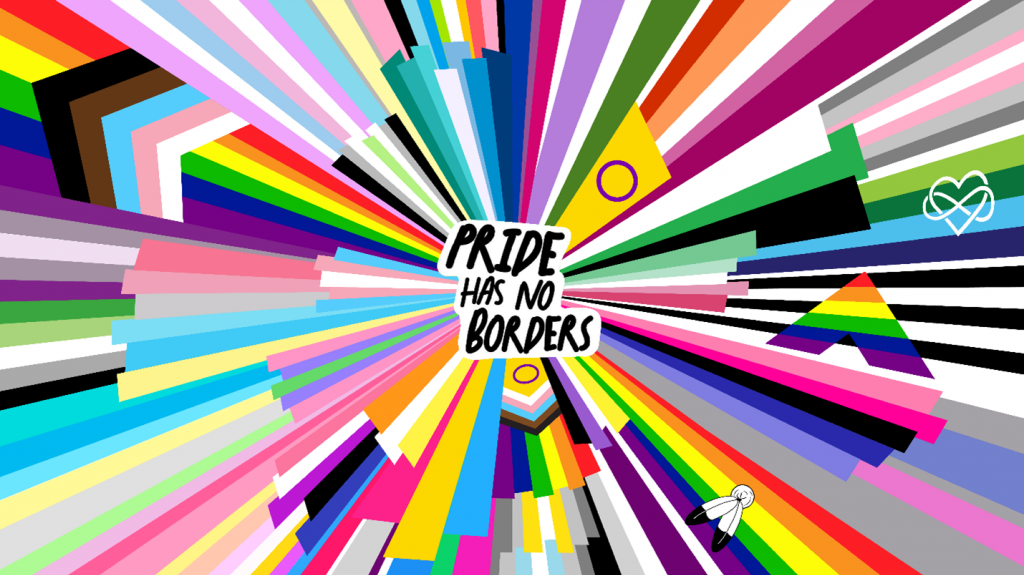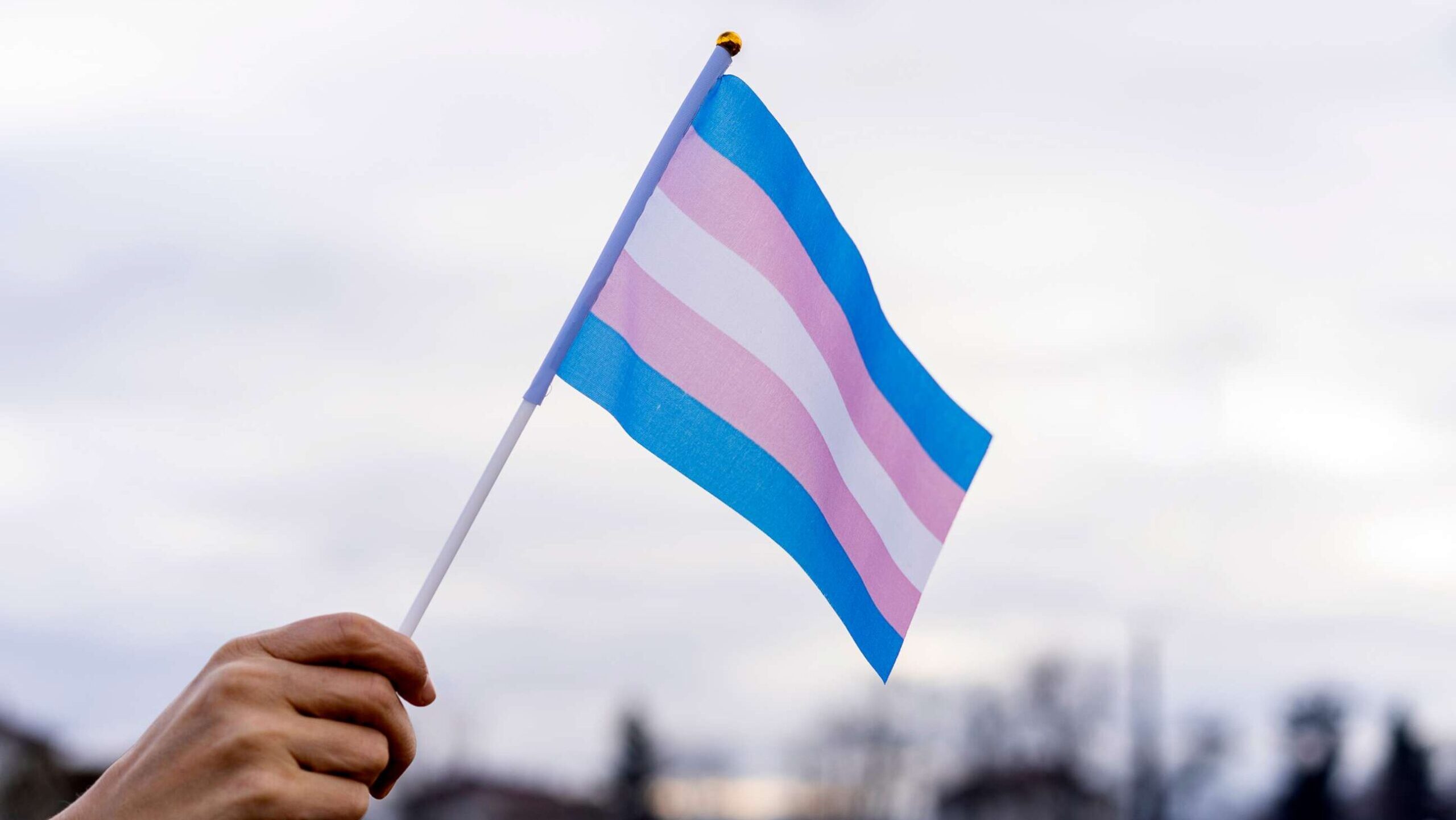I was 30 before I realised the term ‘transgender’ might apply to me. The problem wasn’t me, it was the story I’d been told
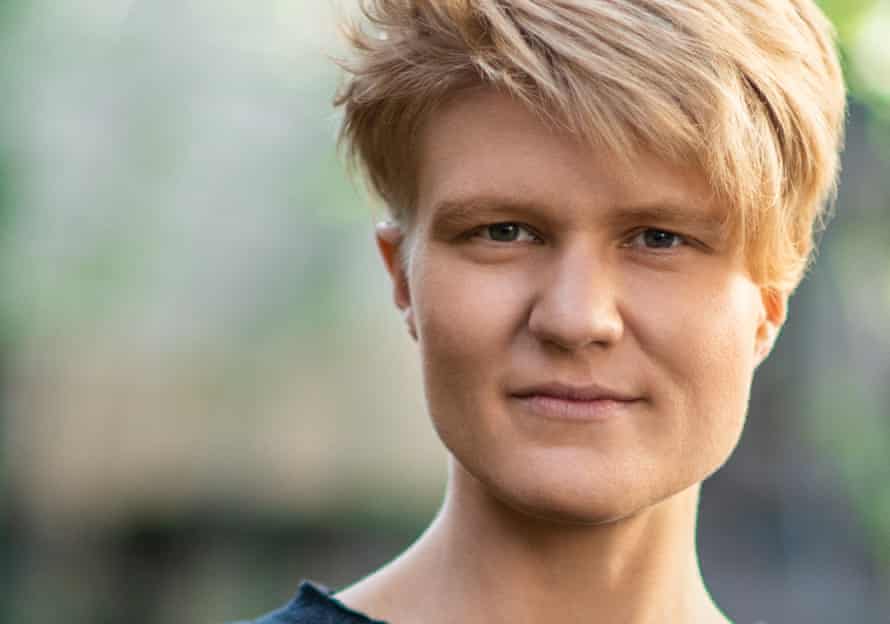
For the longest time, I was convinced I couldn’t be really transgender. I knew that living as a woman made me want to climb out of my own skin, but I also understood that my story bore little resemblance to how trans lives were supposed to play out.
This was what I’d been taught constituted trans experience: trans people are “born in the wrong body” and assert their identity from earliest childhood, refusing the trappings of their assigned gender. As they grow up, trans people doggedly fight to live as their true self, often leading to social ostracism. They desire to medically transition via hormones and surgery, and will pursue these interventions at any cost. The goal is to live as a “real” man or woman, and ultimately assimilate back into the gender binary.
None of these were true for me. In my childhood as a female-assigned person, I never once declared myself a boy. It’s true that I idolised my older brother and played on a boys’ cricket team, but I also boasted an extensive collection of Barbies, fairy wings and pink T-shirts. With my long blonde hair and penchant for dress-ups, I was no tomboy.
Later, when puberty hit, I had a tormented relationship to my body, plagued by eating disorders and compulsive exercise – something I now know is common among trans youth. But at the time, my refusal to eat seemed the typical angst of an early 2000s teenage girl, desperate to emulate the skeletal physiques of Keira Knightley and Paris Hilton.
I didn’t suspect my purported womanhood might be the problem. I’d been told I was a girl, and it simply didn’t occur to me to question this assignment.
In fact, it took until the ripe old age of 30 to start thinking that the term transgender might apply to me. Even then, my experience didn’t match the trans script. Despite the dawning realisation that I wasn’t a woman, I knew I wasn’t a man either. In fact, I wasn’t quite sure what I was. Nor was I champing at the bit to obtain testosterone – much to the chagrin of the gender therapist who presented HRT as the silver bullet to my gender trouble.
Surely, then, I couldn’t be a proper trans person. If I was really trans, wouldn’t I have known earlier? Wouldn’t I have fewer doubts and more conviction?
Only gradually did I realise my error. After getting to know a wide array of actual trans and gender diverse (TGD) people, I began to understand the root of my trans imposter syndrome. The problem wasn’t me; it was the story I’d been told.
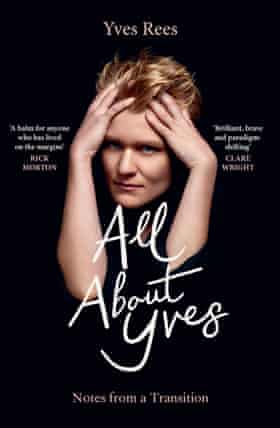
I’d been fed a narrow and prescriptive story of transness, generated by the medical profession and popular culture, that erases the complexity and diversity of trans experience. In truth, not every trans person declares themselves as children; many don’t transition until well into adulthood. Some don’t desire medical intervention, and many shun the gender binary altogether.
There is no one right way to do or be trans; instead, there are as many trans stories as there are trans people. The only prerequisite to being trans is to experience incongruence between your assigned sex and gender identity – a private feeling that individuals must diagnosis for themselves, and which cannot be reliably discerned via external markers such as clothing and interests.
Beyond that incongruence, anything goes. Trans is an identity that contains a multitude, resists prescriptions and blurs boundaries. That is its power.
This reality can be unsettling, as it muddies the neat division between trans people and everyone else. When transness can take many forms, when it ceases to be something easily diagnosed and contained, this subversive identity is liable to seep out from medical frameworks into the population at large. And that prospect is threatening to patriarchal forces invested in policing a rigid gender binary tethered to biological sex.
However, as we work towards trans liberation, it’s essential that we share stories that celebrate and model the many ways there are to be trans. This was the impetus to turn my own messy story into a memoir. I wrote All About Yves because I wanted to show that doubt, ambiguity and belatedness are not antithetical to “authentic” trans experience; rather, they are common and often necessary elements of coming into yourself in a world that hates trans people.
Most of all, I was driven to torch the trans rulebook and validate the identities of other TGD people whose stories didn’t match the conventional script. Because I don’t want any other person to doubt their own knowledge and wonder am I trans enough? If you feel trans, you are trans, no matter what that looks like.
The post appeared first on theguardian.

